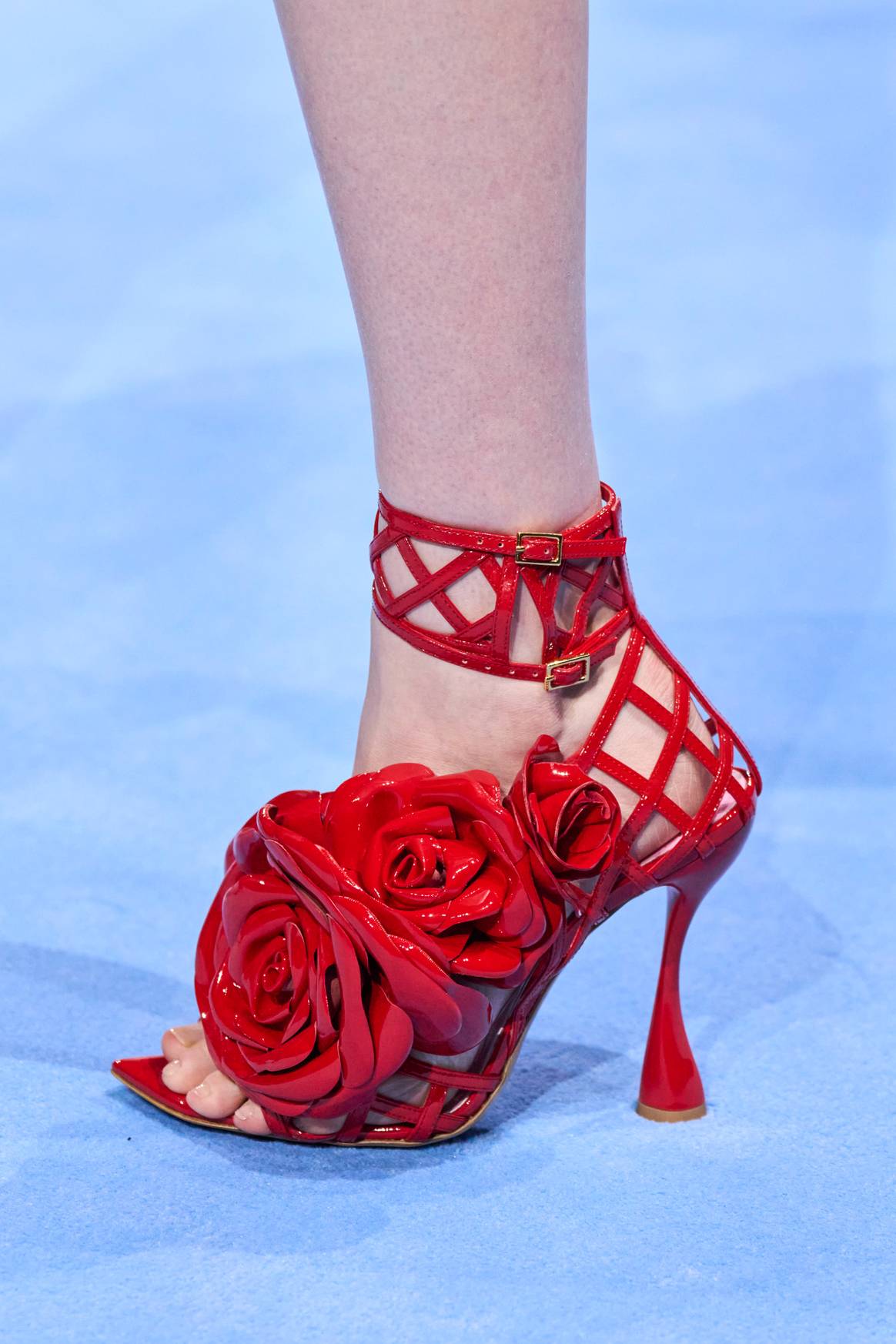
Escalating up in Winnipeg, Manitoba, costume designer Quita Alfred felt a relationship to the nearby Mennonite group. When she spoke with director Sarah Polley about working on her new film, “Women Talking,” Alfred describes the moment as “rather serendipitous.”
Tailored from Miriam Toews’ novel, “Women Talking” was impressed by a genuine story.
Additional from Selection
Alfred remembers telling Polley, “I’m in the coronary heart of Mennonite [community] in North America, and if I can get a soar on this just before we commence prep, I’m likely to be ready to locate practically everything that we need.”
Alfred started out by meeting with Marianne Hildebrand, a well-related, although less conventional, member of the Mennonite neighborhood in close by Winkler. There, in the heart of Mennonite nation, Alfred was equipped to order fabrics and extras specifically from community corporations. “We constantly joke in the movies, ‘Oh, I’ll just run to the pirate store for you!’” she laughs. “But in this situation, there were a range of situations I actually did go to the Mennonite store and purchase prayer coverings, or the actual cloth that the authentic gals in much more regular colonies use.”
At the time she amassed a assortment of dresses and fabrics, Alfred began grouping the households into shade strategies and styles. The Friesens, played by Rooney Mara, Claire Foy, and Emily Mitchell, are mental people, so Alfred saw them in blues and purples. “I often use the word ‘electric hues,’” she explains, and “small, repeating styles.”
For the Loewens, which include things like Jessie Buckley, Alfred noticed them as intuitive, describing them as “more emotion than intellect.” For their loved ones, she “chose swirly patterns and pure shades – greens and browns and flowing styles.” On Buckley’s gown precisely, Alfred elaborates, “It looks pretty much like murky h2o. Like troubled h2o. Jessie responded to it ideal absent. There is some thing under the surface area with the Loewen women.”
When it arrived to the Janz relatives, and significantly Frances McDormand’s “Scarface” Janz, Alfred selected colors reminiscent of dried blood and rust, dark red and black, “because they were so conservative and so conventional and so immovable in their opinions and their beliefs.”
Developing the dresses proved to be an exciting obstacle due to the fact “they are a whole lot additional sophisticated than they appear,” Alfred says. The costume staff expended several hours pleating and performing other intricate handiwork. Just about every costume features an underbodice and a bib around the top rated, which snaps on the remaining shoulder. The dresses are designed to “negate the wearer,” she explains. “They are meant to remind them of their spot under God and beneath the adult men in their relatives.” The attire are also modest in design and style and in element to continue to keep the women of all ages coated as effectively as humble.
In her research, Alfred uncovered that 500 many years of Mennonite travel and tradition has incorporated different variations and styles. Puffed sleeves occur from their earliest days of Dutch origin. As they moved into Prussia, Poland, they launched floral prints. From Ukraine and Russia, they adopted shiny colours into their prayer handles. She says, “Because they are a tradition that is so tied to their record and bound to custom, people factors have remained with them.”
Very best of Range
Sign up for Variety’s Newsletter. For the most recent information, stick to us on Fb, Twitter, and Instagram.
Click right here to read the full short article.



